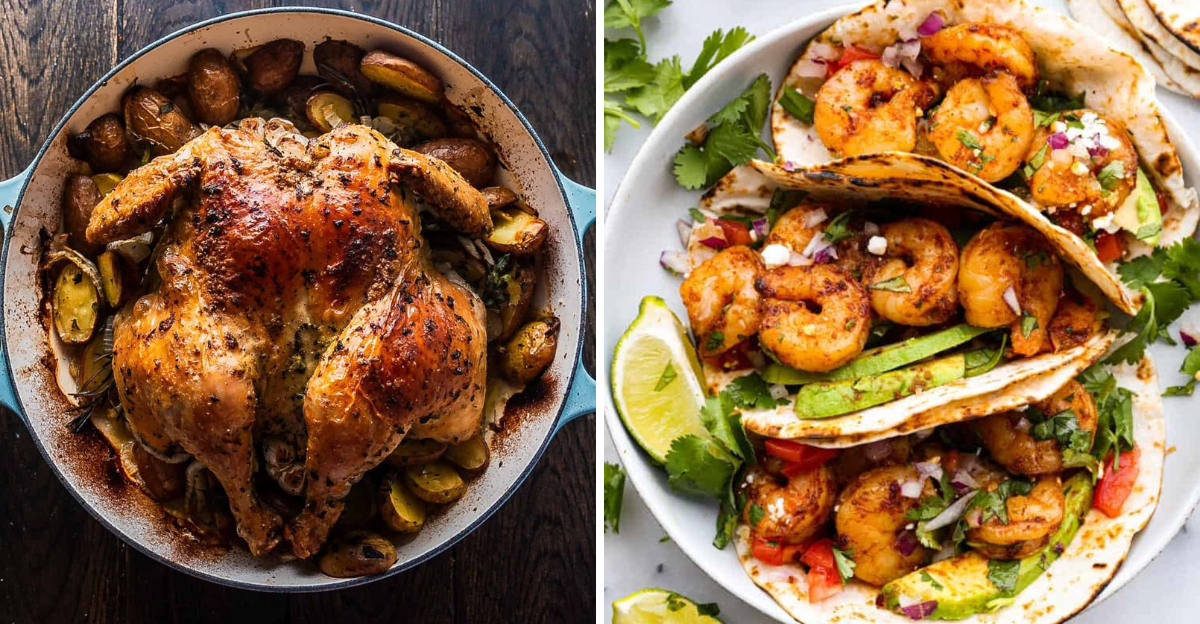16 Vegetables That Are Smart, Nutritious Choices
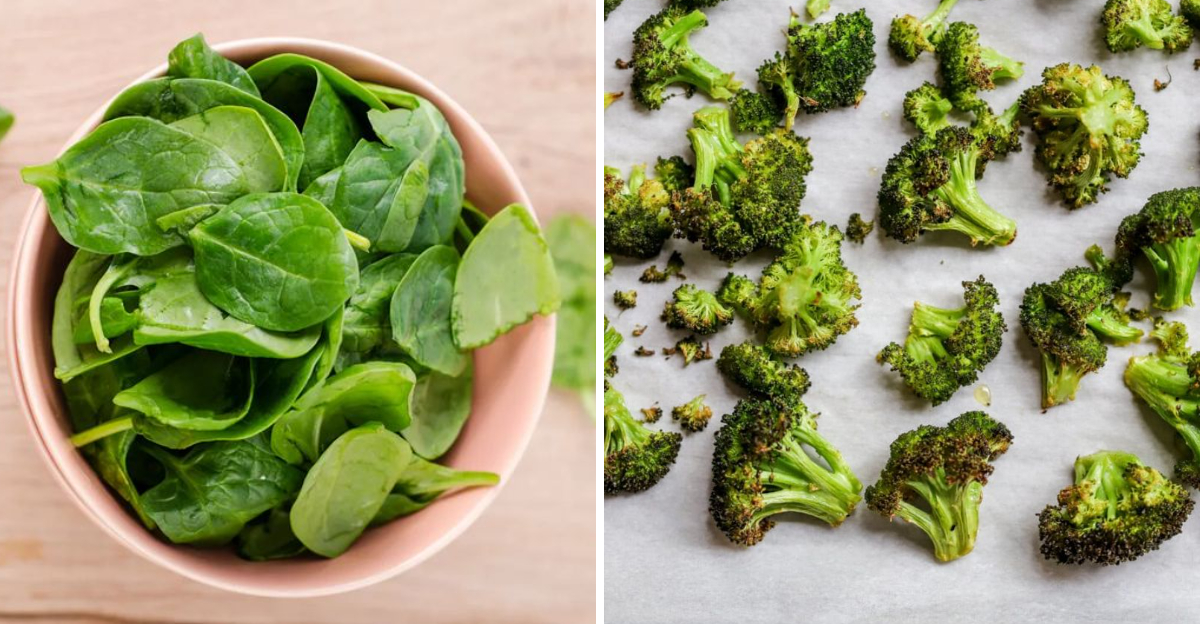
Craving meals that are vibrant, satisfying, and great for your health? These vegetables deliver serious nutrition without sacrificing flavor or versatility. From quick weeknight sautés to slow-roasted stunners, each pick offers unique benefits and easy cooking ideas you’ll actually use. Dive in and discover delicious ways to upgrade your plate and feel your best.
1. Spinach

Spinach packs iron, folate, vitamin K, and lutein, making it a small-leaf powerhouse for energy and eye health. Its mild flavor slips seamlessly into eggs, smoothies, and sautés, adding nutrients without overpowering dishes. Choose baby leaves for tender salads or larger bunches for cooking down into curries, pasta, and soups. Pair with vitamin C–rich foods like citrus or tomatoes to boost iron absorption, and don’t fear a quick wilt—heat concentrates flavor and nutrients while keeping prep effortless.
2. Broccoli
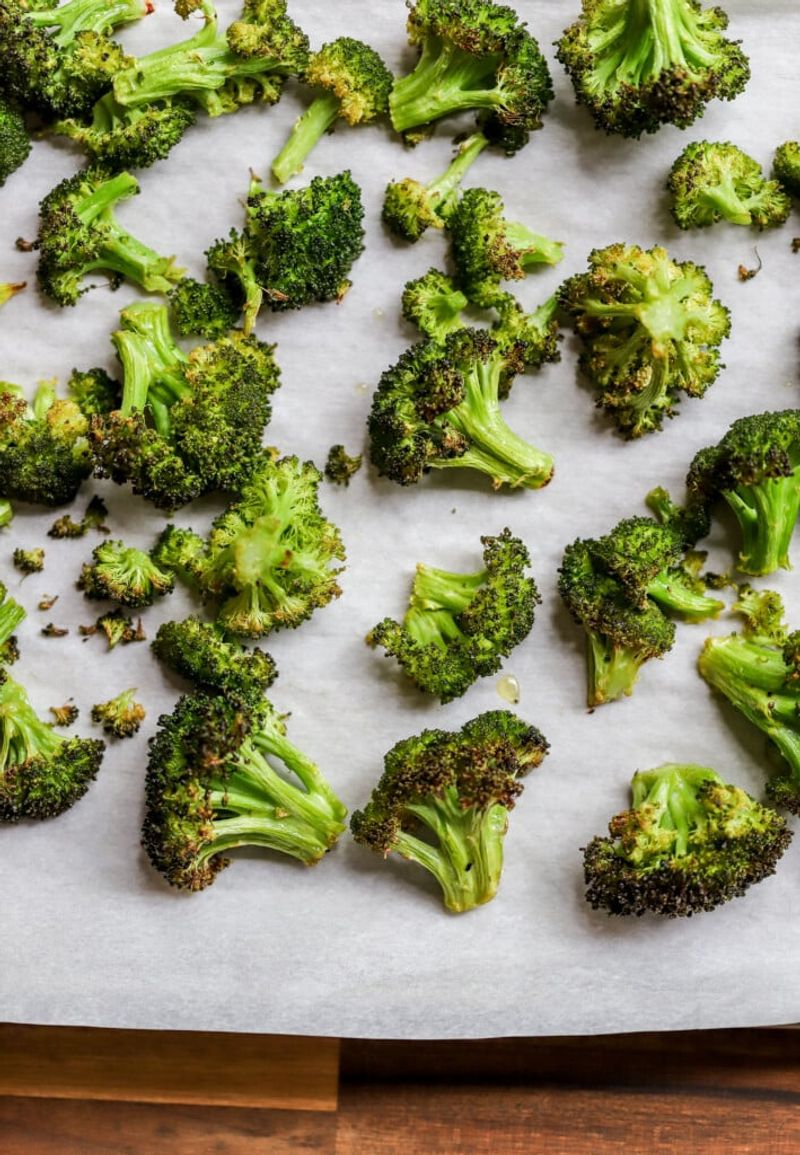
Broccoli offers fiber, vitamin C, and sulforaphane compounds linked to cellular defense and metabolic support. Roast florets until edges char for a sweet, nutty flavor and lingering crispness. Steam lightly for vivid green color and maximum crunch, or blitz into a pesto with lemon and almonds. Don’t discard the stalks—peel and slice for stir-fries or slaws. A drizzle of olive oil and a pinch of salt elevate its natural goodness, while a squeeze of lemon brightens and balances every bite.
3. Kale

Kale delivers calcium, vitamin K, and a spectrum of antioxidants in every sturdy, crinkled leaf. Massaging with olive oil and lemon softens fibers, making raw salads surprisingly silky and flavorful. For crunch, bake chips with sea salt and smoked paprika; for comfort, simmer in bean stews or garlicky sautés. Remove tough ribs for tenderness and slice thinly for even texture. Pair with nuts, seeds, and tangy cheese to balance bitterness, and add citrus segments for a bright, juicy counterpoint.
4. Carrots

Carrots are rich in beta-carotene, which supports vision, immune health, and skin integrity. Roasting with cumin coaxes out sweetness and adds warmth, while shredding into slaws or muffins offers color and moisture. For a savory twist, glaze with miso and honey, or simmer into pureed soups with ginger. Heirloom varieties bring hues from purple to yellow, each with nuanced flavors. Pair with a little fat to enhance carotenoid absorption, and keep the peels on when possible to preserve nutrients.
5. Red Bell Peppers

Red bell peppers burst with vitamin C and carotenoids, delivering crunch and vivid sweetness. Eat them raw for refreshing bite, or blister in a hot pan to concentrate sugars and add smoky depth. They’re perfect in salads, fajitas, and grain bowls, or blended into a creamy roasted pepper sauce. Pair with olive oil to help absorb fat-soluble nutrients. Choose peppers with taut, glossy skin and a heavy feel for their size—signs of juiciness and peak ripeness.
6. Tomatoes
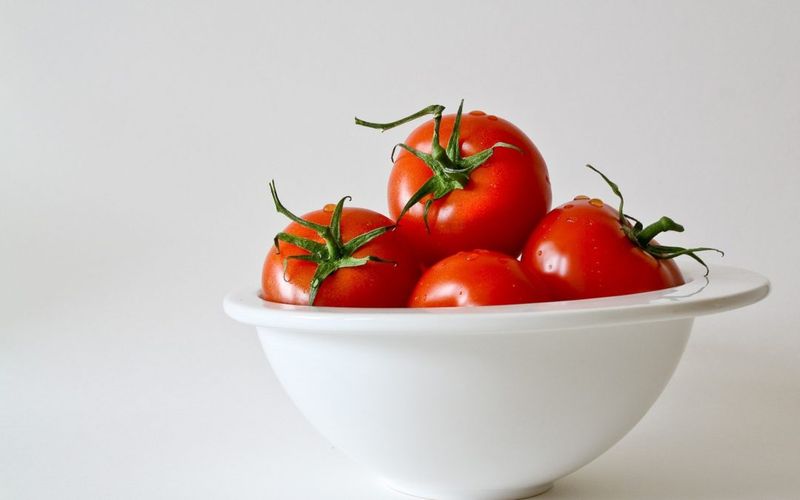
Tomatoes bring lycopene, vitamin C, and potassium, delivering juicy tang and umami-rich sweetness. Cooking boosts lycopene bioavailability—try a simmered sauce, tomato soup, or sheet-pan roasts with garlic. A drizzle of olive oil further enhances absorption and rounds out flavors. Use peak-season tomatoes raw in caprese salads, or confit cherry varieties for jammy bursts. Choose deeply colored, fragrant fruits, and store at room temperature for best texture and taste. Salt judiciously to draw out juices and heighten complexity.
7. Brussels Sprouts

Brussels sprouts deliver fiber and vitamin K, supporting gut health and strong bones. Halve and roast cut-side down to encourage deep browning and a tender interior, then finish with a vinegar splash for brightness. Shave raw into slaws with lemony dressing, or pan-sear with pancetta for savory contrast. Keep sizes uniform for even cooking, and avoid overcrowding the pan. A touch of honey or maple balances mild bitterness, transforming sprouts into a craveable, caramelized side dish.
8. Sweet Potatoes

Sweet potatoes offer slow-release carbohydrates, beta-carotene, and potassium for sustained energy and balance. Cube and roast for crisp edges, or mash with Greek yogurt for tangy creaminess and added protein. They’re equally at home in tacos, grain bowls, or cinnamon-scented breakfast hashes. For savory depth, add smoked paprika or chili; for sweet comfort, swirl with tahini and maple. Eat with a little fat to boost carotenoid absorption, and leave some skin on for extra fiber and texture.
9. Cauliflower

Cauliflower is a low-carb blank canvas rich in vitamin C and choline, ready to absorb bold flavors. Roast thick “steaks” until charred at the edges, or pulse into rice for quick, versatile sides. Blend into silky soups with garlic and thyme, or toss florets with curry spices for fragrant heat. Its neutral profile pairs well with lemon, capers, and parsley. Choose firm heads with tight florets and minimal browning for best texture and sweetness.
10. Beets

Beets provide natural nitrates that may support blood flow and endurance, plus folate for cellular health. Roast until tender, then slice into salads with citrus and feta for vibrant contrast. Their earthy sweetness shines in soups like borscht or blended dips with yogurt and dill. Use the greens, too—sauté them like chard with garlic and olive oil. Golden and striped varieties add color without heavy staining. A splash of vinegar after cooking brightens and balances their deep flavor.
11. Asparagus

Asparagus brings folate, fiber, and prebiotics that nourish gut health and support cellular processes. Roast or grill spears until tips crisp, then finish with lemon and flaky salt for clean, bright flavors. Shave raw into ribbons for salads, or steam gently for a tender bite. Pair with eggs, parmesan, or brown butter for classic combinations. Choose firm spears with tight tips and vibrant color, and trim woody ends for optimal texture and even cooking.
12. Mushrooms
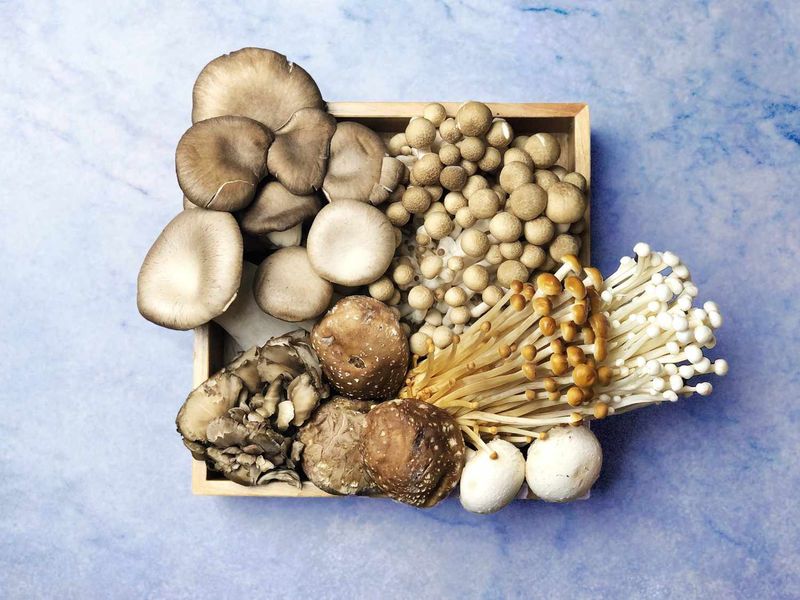
Mushrooms offer ergothioneine antioxidants and deep umami, with some varieties providing vitamin D when exposed to light. Sear hard in a wide pan to drive off moisture and build meaty browning. Add to risottos, tacos, or noodle dishes for savory heft without heavy meat. Mix varieties—shiitake, cremini, oyster—for layered flavor and texture. Finish with butter, garlic, and herbs or a splash of soy for punch. Store loosely in paper to prevent sogginess and extend freshness.
13. Onions

Onions deliver prebiotic fibers and quercetin, supporting gut and antioxidant defenses while adding foundational flavor. Caramelize low and slow for deep sweetness, or quick-pickle for bright, tangy crunch. Use them as the aromatic base for soups, curries, and sauces, or grill thick slices for smoky char. Choose firm bulbs with papery skins and store in a cool, dry place. Red onions shine raw in salads, while yellow and sweet varieties excel in long-cooked dishes.
14. Garlic

Garlic is prized for allicin compounds with potential heart benefits and bold, aromatic flavor. Add minced garlic near the end of cooking to keep its punch bright, or roast whole heads for mellow sweetness. Smash cloves to release more allicin, and pair with olive oil, lemon, and herbs for versatile sauces. Use it to elevate vegetables, grains, and proteins alike. Store bulbs in a breathable, cool spot and avoid refrigeration to prevent sprouting or rubbery texture.
15. Cabbage
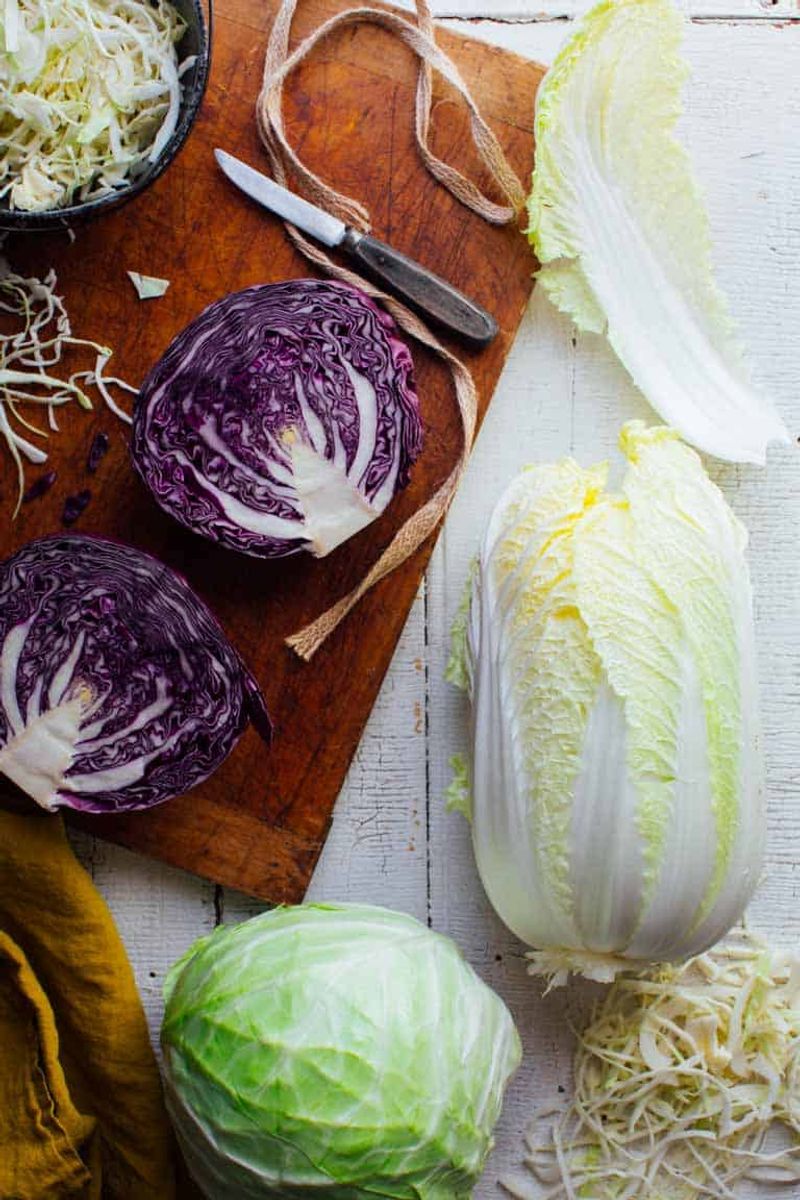
Cabbage is budget-friendly yet rich in vitamins C and K and fiber, providing crunch and hearty bite. Slaw it with a tangy dressing, stir-fry quickly for sweetness, or braise low and slow for tenderness. Napa and Savoy varieties bring delicate leaves for wraps and soups, while red cabbage adds color and anthocyanins. Salt lightly and rest for a softer slaw texture. Pair with apples, mustard, or sesame for global flavor profiles that keep meals exciting and satisfying.
16. Zucchini
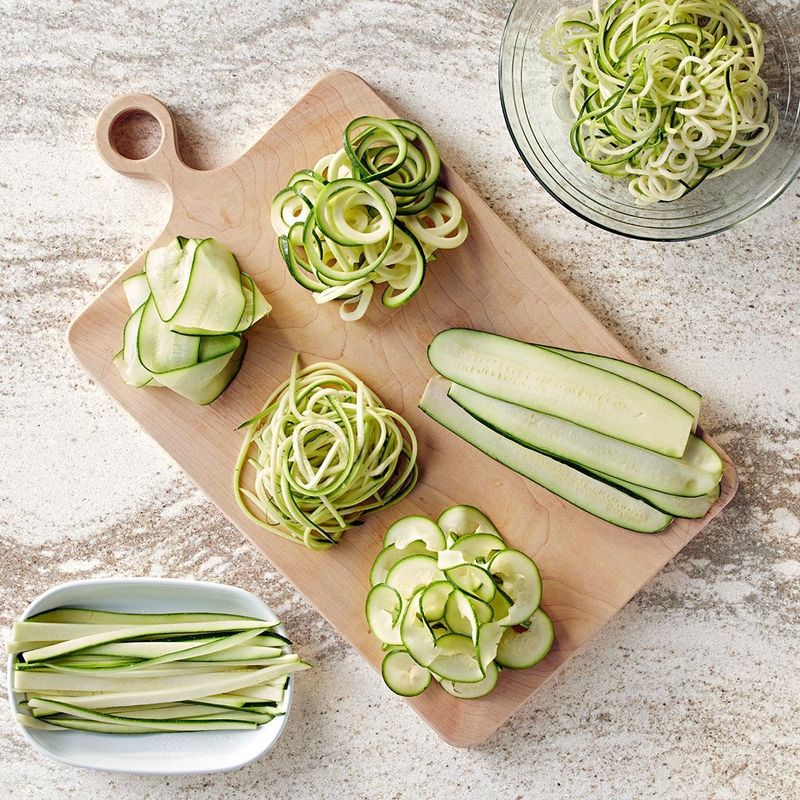
Zucchini is hydrating, low-calorie, and incredibly versatile, soaking up flavors with ease. Spiralize into zoodles with pesto, grate into fritters for crispy edges, or grill planks for smoky sweetness. Its mild taste complements lemon, garlic, fresh herbs, and chili flakes. Avoid overcooking to prevent mush—quick, hot methods preserve texture. Choose small, firm squash for fewer seeds and delicate flesh. For a satisfying meal, pair with beans, goat cheese, or a runny egg to add protein and richness.




